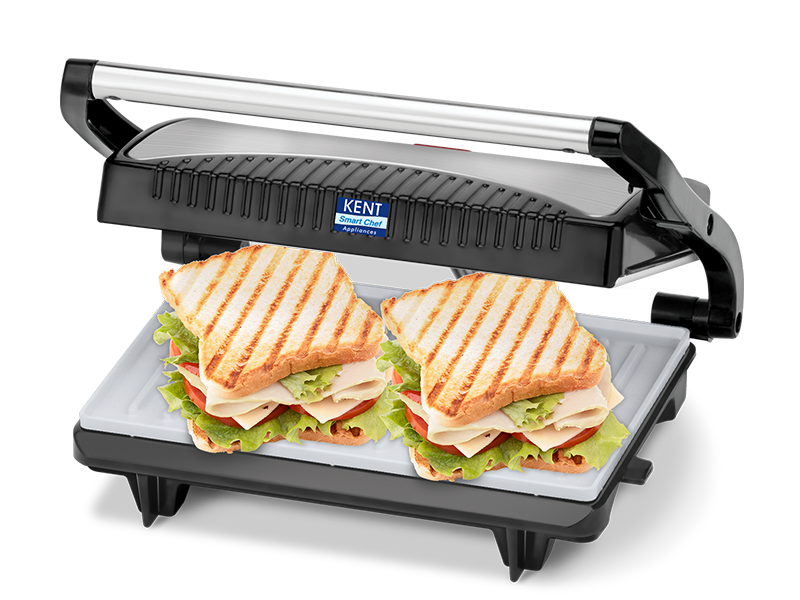In today’s fast-paced manufacturing industry, precision, efficiency, and safety are crucial for maintaining a competitive edge. Robotic welding solutions have revolutionized production processes by enhancing accuracy, reducing costs, and improving workplace safety. Industries like automotive, aerospace, and construction are increasingly adopting robotic welding to meet high-quality standards and boost productivity. Companies such as Proteus Industries Inc. lead the way with cutting-edge technologies like WeldSaver, ensuring optimal performance in automated welding systems. Investing in robotic welding equipment allows businesses to achieve superior weld quality, minimize downtime, and maximize efficiency, making it a game-changer in modern industrial applications.
What is Robotic Welding?
Robotic welding is the use of automated machines to perform welding tasks with high accuracy. Unlike manual welding, where human welders control the process, robotic welding systems are pre-programmed to execute welds, reducing errors and increasing efficiency consistently. These systems utilize robotic arms, sensors, and advanced software to create seamless welds, minimizing human intervention while maximizing precision.
Key Features of Robotic Welding Equipment
1. Automation and Precision
One of the most significant advantages of robotic welding is its precision. Machines follow programmed paths, ensuring flawless, repeatable welds every time. This eliminates the inconsistencies seen in manual welding and ensures top-tier quality. Advanced vision systems and AI-powered sensors further enhance accuracy, adapting in real-time to variations in material or positioning.
2. Speed and Productivity
With robots handling the welding process, production times significantly improve. Robots work faster than humans, reducing cycle times and increasing throughput, making industries more competitive. Automated welding allows 24/7 operations, minimizing downtime and boosting overall efficiency.
3. Safety Enhancements
Robotic welding removes workers from hazardous environments. Fumes, extreme heat, and sparks are common in welding, and using robots minimizes the risk of injury while improving workplace safety. By reducing human exposure to harmful welding conditions, companies can lower accident rates and improve worker well-being.
4. Cost-Effectiveness
Although robotic welding equipment requires an initial investment, it substantially saves costs. Companies benefit from reduced labor costs, minimal material waste, and fewer defective welds, making it a worthwhile investment. Over time, robotic systems provide a significant return on investment (ROI) by improving production efficiency and lowering operational costs.
How Robotic Welding is Transforming Industries
1. Automotive Industry
Automated welding plays a crucial role in vehicle manufacturing. Robotic welders ensure strong, consistent joints in mass production, making cars more durable and reliable. The precision of robotic welders helps maintain strict industry standards and safety regulations, ensuring every weld is defect-free.
2. Aerospace Industry
Precision is non-negotiable in aerospace applications. Robotic welding ensures seamless welds that meet strict industry standards, enhancing safety and durability in aircraft components. Advanced non-contact welding techniques, such as laser welding, further improve quality and reduce material distortion.
3. Construction and Heavy Machinery
Robotic welding joins heavy steel structures with superior accuracy in large-scale infrastructure projects. It ensures the longevity and strength of bridges, buildings, and machinery. The ability to weld complex geometries with minimal defects makes robotic welding a preferred choice in construction.
Advantages of Using Proteus Industries Inc. Welding Solutions
1. Cutting-Edge Technology
Proteus Industries Inc. offers WeldSaver technology, a leading solution for robotic welding cooling systems. It prevents leaks, detects flow variations, and optimizes real-time performance. By monitoring coolant flow and detecting abnormalities, WeldSaver helps prevent overheating, reducing costly system failures.
2. Enhanced Efficiency
WeldSaver technology reduces downtime by preventing overheating and unexpected failures. This extends the lifespan of welding equipment and keeps production lines running smoothly. Improved thermal management allows robotic welding systems to operate at peak performance without disruptions.
3. Reliable Customer Support
Proteus Industries Inc. provides comprehensive technical assistance and customizable solutions to meet specific industry needs, ensuring clients get the most out of their welding systems. Tailored system integration and ongoing support help businesses optimize their welding processes for maximum efficiency.
Common Challenges in Robotic Welding & How to Overcome Them
1. Initial Investment Costs
While robotic welding systems can be expensive upfront, the long-term cost savings make them a worthwhile investment. Businesses recover costs through increased productivity, reduced labor expenses, and minimal rework. Government incentives and tax benefits may also help offset the initial costs.
2. Maintenance Requirements
Regular maintenance is essential to keep robotic welders functioning efficiently. Routine inspections, software updates, and timely part replacements help avoid costly breakdowns. Predictive maintenance systems powered by AI can detect early signs of wear and prevent unexpected downtime.
3. Operator Training
Despite automation, skilled operators are still necessary. Training workers on robotic systems ensures optimal performance and reduces downtime due to operational errors. Many companies provide simulation-based training programs to help workers adapt to robotic welding technology.
Future of Robotic Welding
The future of robotic welding looks promising, with AI and machine learning playing a significant role. Intelligent monitoring systems enable real-time error detection and predictive maintenance, enhancing efficiency and cost savings. Advancements in collaborative robotics (cobots) will allow robots to work alongside human operators, making welding processes even more flexible.
Conclusion
Robotic welding solutions have revolutionized modern manufacturing by enhancing productivity, precision, and safety while reducing costs. Companies that invest in robotic welding equipment benefit from faster production, consistent quality, and minimal downtime. Proteus Industries Inc. leads the industry with WeldSaver technology, ensuring optimal performance, leak detection, and real-time monitoring. As industries move toward automation, embracing advanced welding solutions is essential for staying competitive. Proteus Industries Inc. helps businesses maximize efficiency and quality with cutting-edge innovations and reliable support. Ready to upgrade your welding process? Explore Proteus Industries Inc.’s solutions today!












Leave a Reply